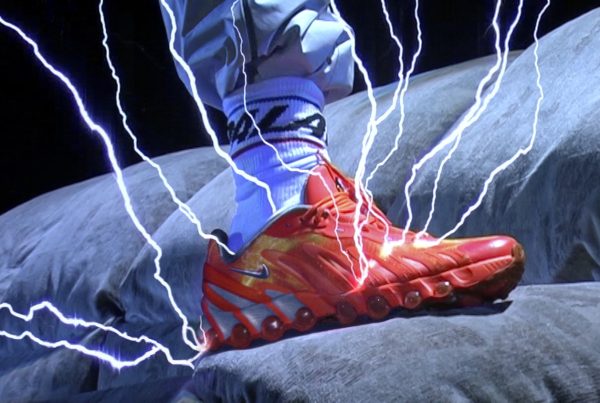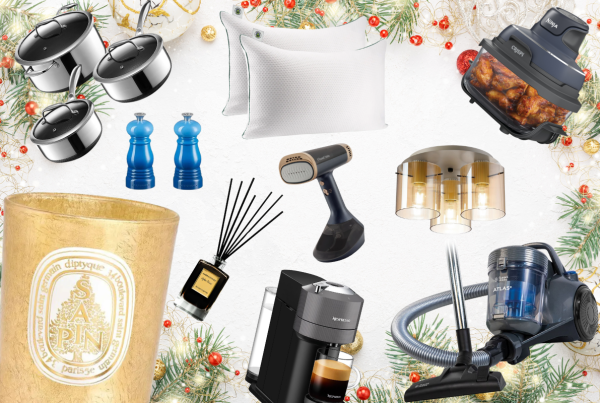Since the MOT test was introduced in 1960, unsafe cars have been kept off the road in droves. While this can seem unfair to low-income drivers who are certain that their old banger is still good for at least another six months, there are literally people alive today who otherwise would not be. Even today, with six decades of motoring excellence under the collective UK driving belt, there are some common faults which MOT inspectors see time after time. The motorists driving in major UK cities like London, need to make sure their cars are upto UK motoring laws, otherwise facing hefty fines is inevitable!
Here are five of the most common MOT fails and how you can take steps to avoid them.

PHOTO CREDIT: @
Can You See Clearly?
This fault accounts for more than 7% of MOT fails, according to the RAC website, and is so easily avoided that it is almost a double fault to fail because of it! Sit in your driver’s seat and simply look around: can you see the whole road in front of you? No distracting stickers or items on the dashboard reflecting up onto the glass? Can you see out of the side windows, yours and the passenger side one? Is the glass clean, and the side-mirrors properly positioned? Glance into the rear-view mirror. Is the back clear of obstructions and offering the best possible view through a clean rear windscreen? Now turn physically, as though you are parallel parking or reversing. Can you see straight through the car to and through the rear windscreen? Finally, examine all the windows for chips or cracks, and if you find any pop down to your nearest mechanic to have the crack sealed and the damage minimized: even the tiniest crack can suddenly react to changing condition and widen into an obscuring fracture. Furthermore, if you are looking for a specialist to help you with your car’s MOT in London, you can check Iverson Tyres (or call 020 8747 9444).
Tyres, Tyres, Tyres
Various tyre faults account for almost 8% of MOT fails. These can include the tyres being under- or over-inflated; the tyres being ‘bald’ or having a lack of sufficient tread depth for safety on the road, or having a ‘skinny’ on one wheel. These undersized tyres are often used as spares, but best practice recommends having all four tyres the same size, shape and make for best results, and your MOT inspector will almost certainly query the spare being fitted. Check your tyres, both visually and physically – sometimes your hand will pick up textural changes that your eyes cannot see on uniform grayish-black rubber – looking for blemishes, defects, bulges or dimples. Anything that causes you concern should be raised with your mechanic, and new tyres fitted before the MOT test if at all possible.
Brakes On!
Shockingly, despite the importance of good brakes having been part of the MOT test since the very beginning, 10% of all MOT fails are down to issues with the brakes. Hand-brakes (or emergency or parking brakes) are included in the test alongside service brakes, and both should be sharply responsive for an emergency stop as well as being able to slow and stop the car safely at a more measured non-urgent pace. When testing your brakes – which should, of course, be done in a safe wide space where you will not be interfering with other traffic or endangering lives – pay attention to how they sound (you might need to roll your window down to listen) and how the vehicle responds. It should not pull to the side at all, nor should there be any excessive screeching or squealing from the tyres. Finally, try a hill stop – and remember your car should not roll back, even an inch! If any of these tests give you cause for concern, speak to your mechanic before you book your MOT test.
You’re Suspended!
Surprisingly, a hefty 13% of MOT fails are down to faults with the suspension. Suspension issues tend to happen slowly, and you might one day realize that you have got used to the car bouncing or swaying along the road, or see that the car is not sitting level on the wheels and think nothing of it. However, these are signs of a suspension beginning to struggle and you should pop into a garage sooner rather than later to even things up again.
Lights: Lights, Signals, Brakes etc
The top offender when it comes to MOT fails is to do with lights, at about 19% of all MOT fails. This is maybe a little unfair as all sorts of problems fall under the broad umbrella of ‘lights’. This includes the headlights and back lights, obviously, but also the braking lights, fog lights (if fitted), high beams, and indicator lights – and there is more. Even your dashboard lights, such as the warning lights that come on to let you know you need more oil or that a door is open, fall under this header. Most of the time, inspectors say, the fault could be easily fixed by simply making sure the light is securely fastened in place. Lightbulbs tend to work loose over time, with the rattling of driving helping them to work free – and sorting the problem and sailing through the MOT could be as simple as checking that they are seated properly in the fitting!
These five faults make up over half of all MOT fails and in most cases good servicing, careful observation and a willingness to chat to a mechanic would eradicate them long before they could impede your wishes for a trouble-free MOT.




























































